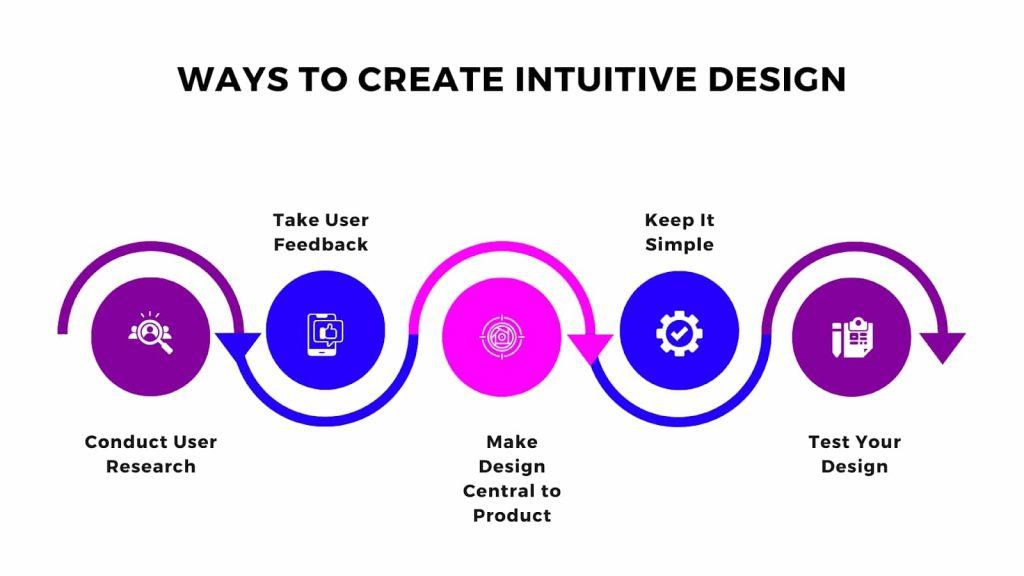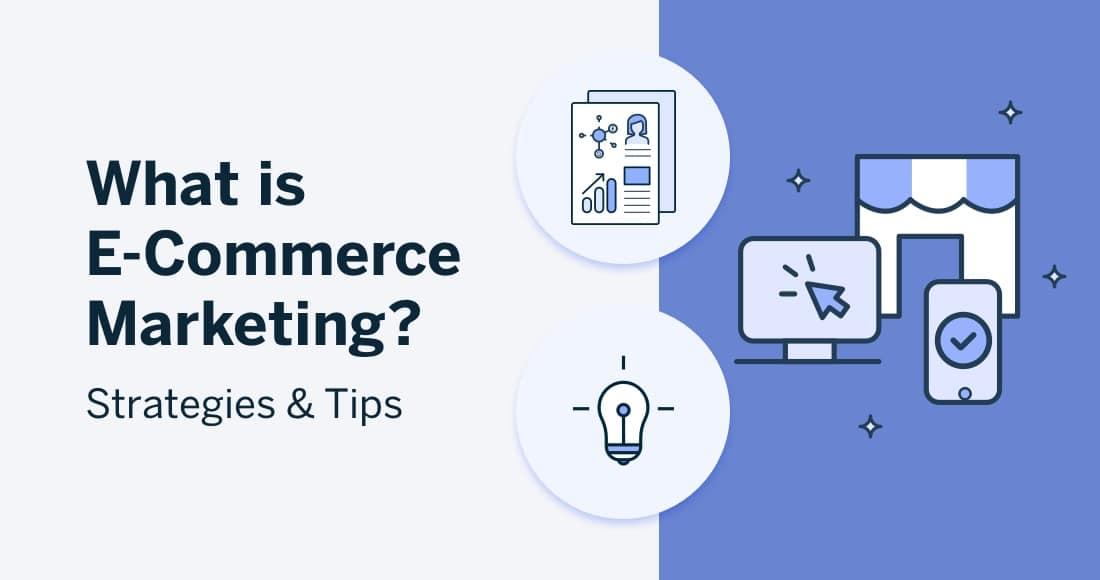In the ever-evolving landscape of online shopping, e-commerce has transformed from a mere convenience into a vital lifeline for businesses and consumers alike. With millions of products vying for attention and an endless ocean of competitors, standing out in this digital marketplace is no small feat. Enter the art of website optimization—a strategic approach that not only enhances user experience but also drives sales, boosts visibility, and builds lasting customer loyalty. In this article, we delve into the essential strategies for mastering e-commerce through website optimization, exploring how thoughtful design, targeted content, and data-driven insights can unlock the full potential of your online store. Join us as we uncover the key elements that can turn casual browsers into devoted customers, ensuring your e-commerce venture thrives in a crowded field.
Enhancing User Experience Through Intuitive Design
In the competitive arena of e-commerce, the importance of a user-centric approach cannot be overstated. An intuitive design not only facilitates a smoother navigation experience but also fosters increased engagement and conversion rates. By implementing clear visual hierarchies, businesses can guide users seamlessly through the purchasing journey, minimizing friction points and uncertainty. Key elements to consider include:
- Responsive Layouts: Ensure accessibility across various devices for a consistent experience.
- Gain Clarity with White Space: Utilize white space to reduce cognitive load and highlight critical elements.
- Effective Call-to-Actions: Strategically place buttons and links that compel users to take action.
A well-structured website is one that anticipates users’ needs. By integrating user feedback and conducting regular usability tests, businesses can refine their interfaces. Functionality must be prioritized without sacrificing aesthetic appeal, as a visually pleasing site can significantly impact a user’s perception. Consider employing strategies such as:
- Streamlined Checkout Process: Reduce steps and choices to minimize cart abandonment.
- Product Filtering Options: Enable users to navigate product offerings quickly and effectively.
- Clear Navigation Menus: Use descriptive labels to enhance discoverability of content.
| Feature | Benefit |
|---|---|
| Fast Load Times | Reduces bounce rates, enhances user satisfaction |
| High-Quality Images | Increases engagement and product appeal |
| Personalized Recommendations | Enhances user experience and boosts sales |

Utilizing Data Analytics for Strategic Decision Making
In the realm of e-commerce, harnessing the power of data analytics can dramatically transform the landscape of strategic decision-making. It enables businesses to pinpoint trends, identify customer preferences, and optimize their operations accordingly. By leveraging data from various sources, companies can gain valuable insights that drive their marketing tactics and product offerings. This includes:
- Customer Segmentation: Identifying distinct groups within your audience to tailor marketing efforts.
- Sales Forecasting: Analyzing historical data to predict future sales and adjust inventory accordingly.
- Behavioral Analytics: Understanding how users navigate your site to improve user experience and increase conversion rates.
To visualize the impact of data-driven decisions, consider the following table showcasing potential outcomes before and after implementing data analytics:
| Aspect | Before Analytics | After Analytics |
|---|---|---|
| Conversion Rate | 2.5% | 4.8% |
| Customer Retention | 60% | 80% |
| Marketing ROI | 150% | 300% |
By making informed decisions grounded in analytics, e-commerce businesses can not only improve operational efficiency but also enhance customer satisfaction. The actionable insights gleaned from data empower organizations to stay ahead of the competition and adapt swiftly to market changes.

Boosting Conversion Rates with A/B Testing Techniques
A/B testing is an essential tool in the strategist’s toolbox, allowing e-commerce businesses to fine-tune their website elements based on real user data. When you create variations of your web pages, you can test everything from headlines and images to Call-to-Action (CTA) buttons. By implementing controlled experiments, you can gain valuable insights into what resonates most with your audience. Here are a few critical areas where A/B testing can make a significant impact:
- Landing Pages: Test different layouts, colors, and content placements to enhance user engagement.
- Email Campaigns: Experiment with subject lines and design to increase open rates.
- Checkout Process: Simplify forms and payment options to reduce cart abandonment.
As you refine your approaches through A/B testing, it’s vital to analyze the results systematically. Establish clear metrics such as conversion rate, average order value, and customer retention to evaluate what changes yield the best returns. Using tools to track these metrics ensures that your decisions are grounded in data rather than intuition alone. Below is a simple comparison table that illustrates potential outcomes of A/B tests on two different page designs:
| Page Design | Conversion Rate (%) | Average Order Value ($) |
|---|---|---|
| Design A | 3.2 | 45 |
| Design B | 4.5 | 55 |
Based on the data, you can now see which design yields the best results, allowing you to iterate and optimize further. Remember, A/B testing is not a one-time endeavor but a continuous process of improvement to elevate your e-commerce site.

Building Trust with Customer-Centric Content and Reviews
In the competitive landscape of e-commerce, establishing strong, trusting relationships with customers is crucial. One effective way to foster this trust is through customer-centric content that speaks directly to the needs and desires of your audience. By creating informative and engaging materials—such as blog posts, guides, and FAQs—you can position your brand as a reliable source of information. Consider incorporating a variety of content types, such as:
- How-to articles that address common customer questions.
- Case studies showcasing success stories from satisfied customers.
- Video testimonials that bring authenticity to customer experiences.
Additionally, customer reviews serve as powerful validation tools, reassuring potential buyers of your product’s quality and your brand’s integrity. Highlighting reviews on product pages not only enhances SEO but also encourages customer interaction. A well-structured table displaying user-generated ratings can simplify decision-making for consumers, as shown below:
| Product | Rating | Review Snippet |
|---|---|---|
| Eco-Friendly Backpack | ★★★★☆ | “Great quality and environmentally conscious!” |
| Wireless Headphones | ★★★★★ | “Best sound quality I’ve ever experienced!” |
| Smart Watch | ★★★☆☆ | “Decent features, but could be improved.” |
Final Thoughts
As the digital marketplace continues to evolve, mastering e-commerce becomes not just an advantage, but a necessity. The strategies for website optimization we’ve explored are more than mere tips; they represent a commitment to excellence in the online retail space. By refining user experience, enhancing site speed, optimizing for search engines, and personalizing interactions, you position your e-commerce platform not just as a place to shop, but as a destination to explore.
In an age where attention is fleeting and competition is fierce, the pursuit of a seamless and engaging online customer journey can be the key differentiator. As you take these insights forward, remember that optimization is not a one-time task, but an ongoing journey. Continually testing, adapting, and innovating will keep you ahead of the curve.
So, roll up your sleeves and start implementing these strategies. Your e-commerce success story is a click away, waiting to unfold with every user interaction. Here’s to creating an optimized website that not only attracts customers but also transforms browsers into loyal buyers. Happy optimizing!



